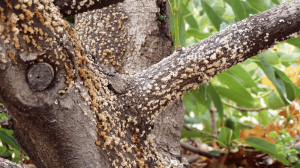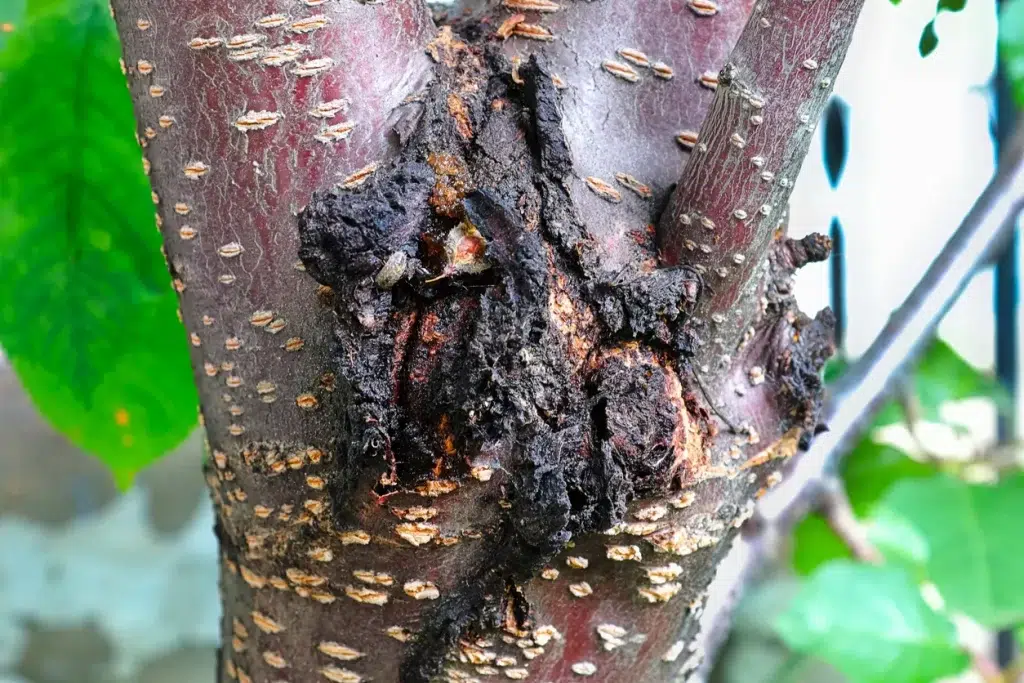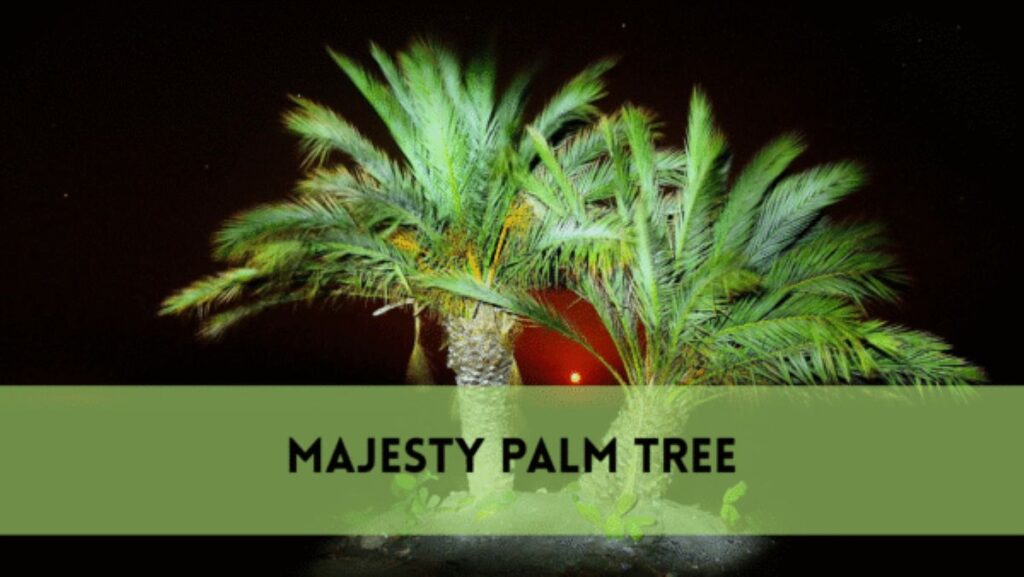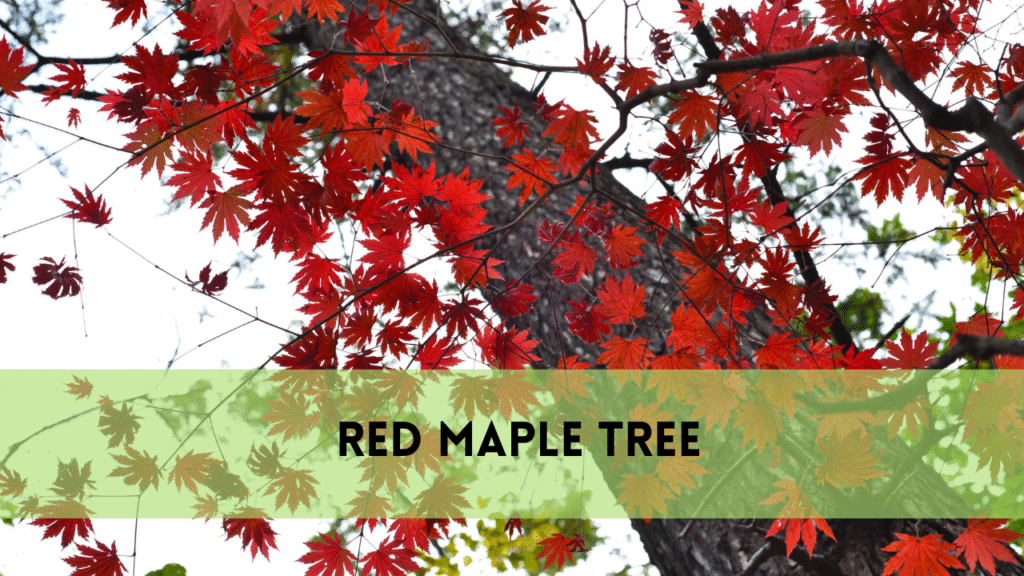Tree Disease Treatment in Houston
Welcome to Crosby Arborist, Tree disease treatment in Houston professionals. With a profound commitment to the health and beauty of our urban and suburban woods, we provide expert services for diagnosing, treating, and preventing tree diseases that endanger our community’s rich greenery. Our trained arborists bring years of experience and cutting-edge arboricultural practices to ensure trees thrive and contribute to a better environment. Whether dealing with pests, fungi, or environmental pressures, Crosby Arborist is your reliable partner in protecting Houston’s natural beauty. Let us help safeguard your trees while improving your property’s beauty and value.
Understanding tree disease treatment in Houston
Houston’s unique climate and environment provide an ideal home for a diverse range of trees. However, this also implies that our trees are prone to various illnesses. Identifying and treating tree diseases immediately is critical to keeping your environment healthy and beautiful. This comprehensive guide will look at Houston’s most prevalent tree illnesses, their symptoms, and the most effective treatment techniques to keep your trees thriving.
Common tree diseases in Houston

- Oak Wilt: Oak Wilt is one of Houston’s most damaging tree diseases, killing thousands of oak trees each year. This fungal disease spreads rapidly through root grafts and insect vectors, resulting in substantial damage.
- Symptoms: include leaf browning, wilting, and premature leaf drop. The leaves frequently turn dull green, brown, or yellow, beginning at the edges and progressing inward.
- Treatment: Trenching to prevent root grafts and fungicide application are examples of preventive techniques. If we diagnose the disease early enough, we can inject systemic fungicides into the tree to arrest its progression.
- Hypoxylon canker: primarily affects stressed trees, such as oaks and other hardwoods. The fungus Biscogniauxia atropunctata is the cause of this disease.
- Symptoms: include dead limbs, bark peeling away to reveal a blackened or silvery-grey look beneath and overall tree decline.
- Treatment: Once the disease has taken hold, there is no cure, so prevention is essential. To alleviate stress, keep trees well-hydrated and mulched. Removing affected trees can help stop the spread.
- Anthracnose is a disease caused by different fungi that infects many trees, including sycamores, maples, and oaks.
- Symptoms include dark, deep lesions on leaves, stems, flowers, and fruits. Leaves can curl, distort, and fall prematurely.
- Treatment: To minimise spread, prune and remove diseased portions. Fungicides can be effective when applied early in the leaf growth cycle. Proper spacing and pruning of trees can enhance air circulation.
- Powdery mildew is a widespread fungal disease that affects various trees and plants.
- Symptoms include white, powdery patches on leaves, stems, and buds. Infected leaves can twist, distort, or fall off.
- Treatment: Fungicides can help, but boosting air circulation and lowering humidity around the trees is also essential. Prune the afflicted portions and dispose of them carefully.
- Poor drainage and damp soil conditions are common causes of root rot, which affects several tree species.
- Symptoms include stunted growth, yellow leaves, wilting, and dieback. The roots may appear black and mushy.
- Treatment: Improved soil drainage and aeration are required. Infected trees may need fungicide treatment. Removing and replacing the contaminated soil and roots may be necessary in severe cases.
Preventive Measures for Tree Health
Maintaining your trees’ overall health is the best form of disease prevention. Here are several major preventive measures:
Proper Watering
Ensure that trees receive enough water, especially during dry years. Overwatering can be as hazardous as underwatering. Water deeply and less frequently to encourage deep-root development.
Mulching
Apply an organic mulch layer at the base of trees to help conserve moisture, control soil temperature, and limit weed competition. To prevent rot, avoid stacking mulch against the trunk.
Pruning
Regular trimming helps to keep trees healthy by eliminating dead or damaged branches. It also promotes air circulation and light penetration, lowering the risk of sickness.
Fertilisation
Proper fertilization supplies critical nutrients to trees, enabling rapid growth and disease resistance. A soil test will help you determine your trees’ demands.
Tree inspection
Regularly inspect your trees for signs of illness or stress. Early detection is critical for successful treatment. Look for changes to the tree’s leaves, bark, and overall structure.
Expert tree-care services in Houston
While preventive actions are crucial, professional tree care services can provide the expertise and treatments required for effective tree disease management. Our team of trained arborists in Houston gives comprehensive tree-care solutions, including
Disease diagnosis and treatment
Our professionals can properly diagnose tree problems and provide effective solutions. To achieve the greatest results, we employ cutting-edge technology and high-quality materials.
Tree pruning and trimming
Proper pruning and trimming are essential for tree health and appearance. Our arborists use industry-best techniques to ensure healthy development and disease prevention.
Soil Management
We provide soil testing and conditioning services to help increase soil health and tree vitality. This includes aeration, fertilizer, and organic soil additions.
Emergency tree service
In tree emergencies, such as storm damage or a rapid disease outbreak, our staff is ready to provide timely and effective services to reduce hazards and restore tree health.
If you need professional tree care, contact us.
In Houston, our licensed arborists can provide skilled tree disease treatment and full tree care services. We are committed to preserving the health and beauty of your trees through personalized care and technological solutions.
Advanced Treatments and Technologies.
Integrated pest management (IPM)
Our arborists use Integrated Pest Management (IPM) tactics to control pests that might lead to tree disease. This environmentally friendly strategy effectively manages insect populations by combining biological, cultural, mechanical, and chemical means.
Systemic injections
Systemic injections of fungicides or insecticides can be an extremely successful treatment for diseased trees. These injections transfer active substances directly into the tree’s vascular system, giving targeted resistance against infections and pests.
Tree Growth Regulators (TGR)
Tree growth regulators (TGRs) regulate tree growth rates, particularly in urban areas with limited space. By limiting growth, TGRs can help reduce tree stress and make trees more disease-resistant.
Related Posts:
Case Studies: Effective Tree Disease Treatments in Houston.
Case Study 1: Oak Wilt Management
A historic neighborhood in Houston experienced a serious outbreak of oak wilt, endangering dozens of mature oak trees. Our team used a multi-step method, which included trenching to prevent root grafts, systemic fungicide injections, and continuous monitoring. Within a year, we halted the spread of Oak Wilt and significantly recovered the afflicted trees.
Case Study 2: Hypoxylon Canker Mitigation
A hypoxylon canker epidemic occurred at a local park with different hardwood trees. The disease’s spread was controlled by removing diseased trees and increasing overall tree health through adequate watering, mulching, and soil management. New plantings of resistant tree species ensured the park’s ecosystem would remain healthy and diverse in the long run.
Case Study 3: Anthracnose Treatment
Several sycamore trees in a residential area were severely affected by anthracnose. Our arborists used targeted fungicide treatments and trimmed the affected branches. Improved air circulation and regular health evaluations resulted in the trees’ complete recovery, restoring the beauty of the neighborhood’s tree canopy.
FAQS
1. What are the early indicators of tree disease to watch for in Houston?
The first indicators of tree disease are usually discolored or wilting leaves, premature leaf drop, dead or dying branches, and odd growth patterns such as lesions or cankers on the bark. Regular inspections can help detect these early problems.
2. Are tree diseases in Houston preventable?
Yes, many tree diseases are preventable with proper care and upkeep. This includes proper watering, mulching, pruning, and fertilization. Regular health checks by a professional arborist can help detect potential issues before they worsen.
3. How do I select the appropriate fungicide for treating tree diseases?
The best fungicide for your tree is determined by the disease it is infected with. Before treatment can begin, the disease must be appropriately identified. Consulting with a qualified arborist can help ensure that the correct product and application procedure are used for the best outcomes.
4. Are there environmentally friendly treatments for tree diseases?
Integrated Pest Management (IPM) tactics use eco-friendly technologies like biological control agents, cultural practices, and mechanical controls. These strategies aim to eliminate the need for chemical treatments while efficiently controlling tree health.
5. When should I contact a professional arborist for tree disease treatment?
If you see chronic disease symptoms, including leaf discolouration, dieback, or bark irregularities, that does not improve with routine treatment, then you must contact a professional arborist. Arborists can provide precise diagnoses and modern treatments to help save your trees.
Conclusion
Tree diseases can substantially influence the health and appearance of your environment. Understanding common tree disease treatment in Houston and following preventive steps will help you protect and extend the life of your trees. Regular inspections, correct watering, mulching, pruning, and fertilising are all necessary for an effective tree care regimen. Our certified arborists are here to help you keep your trees healthy and beautiful.




